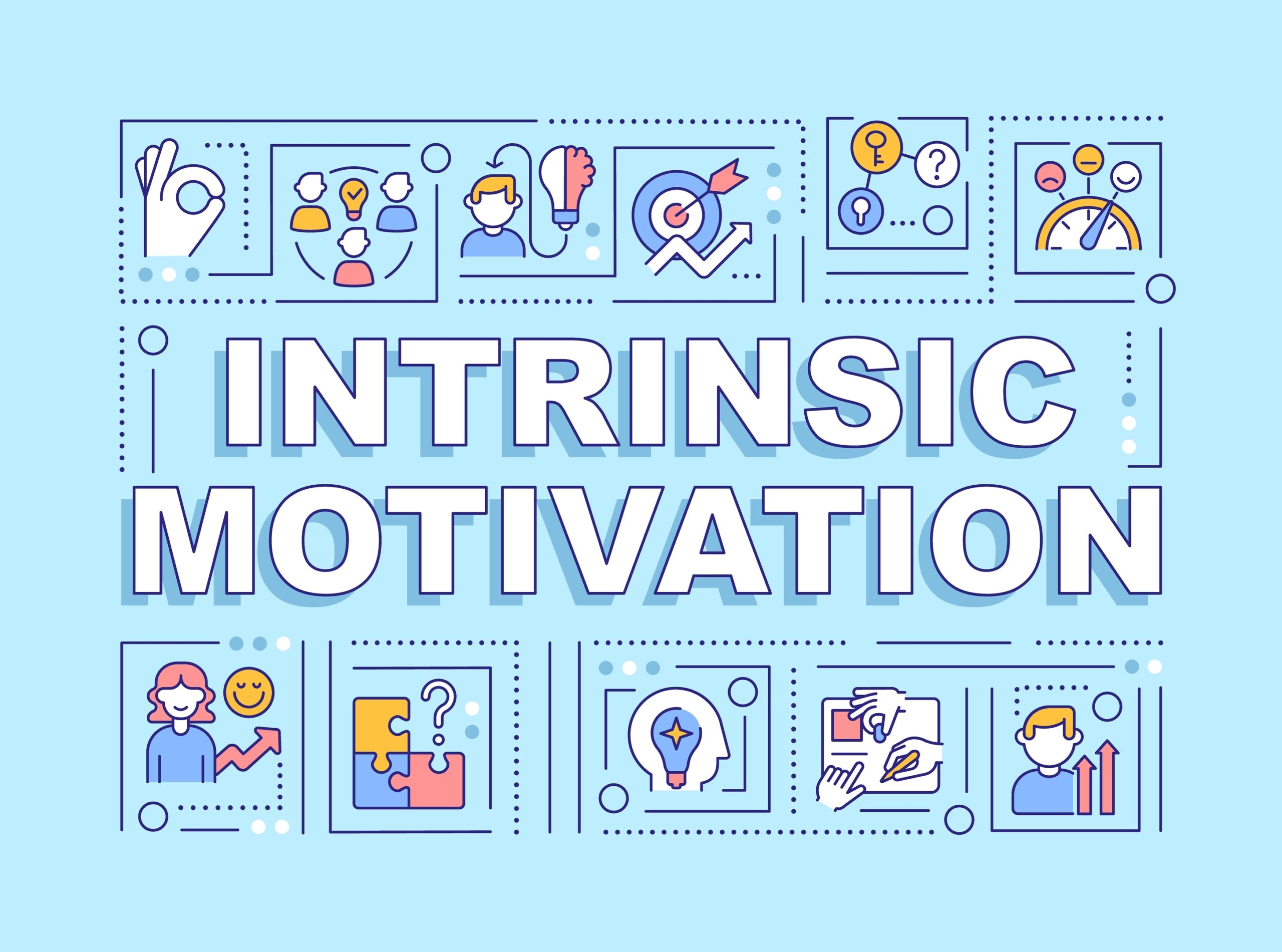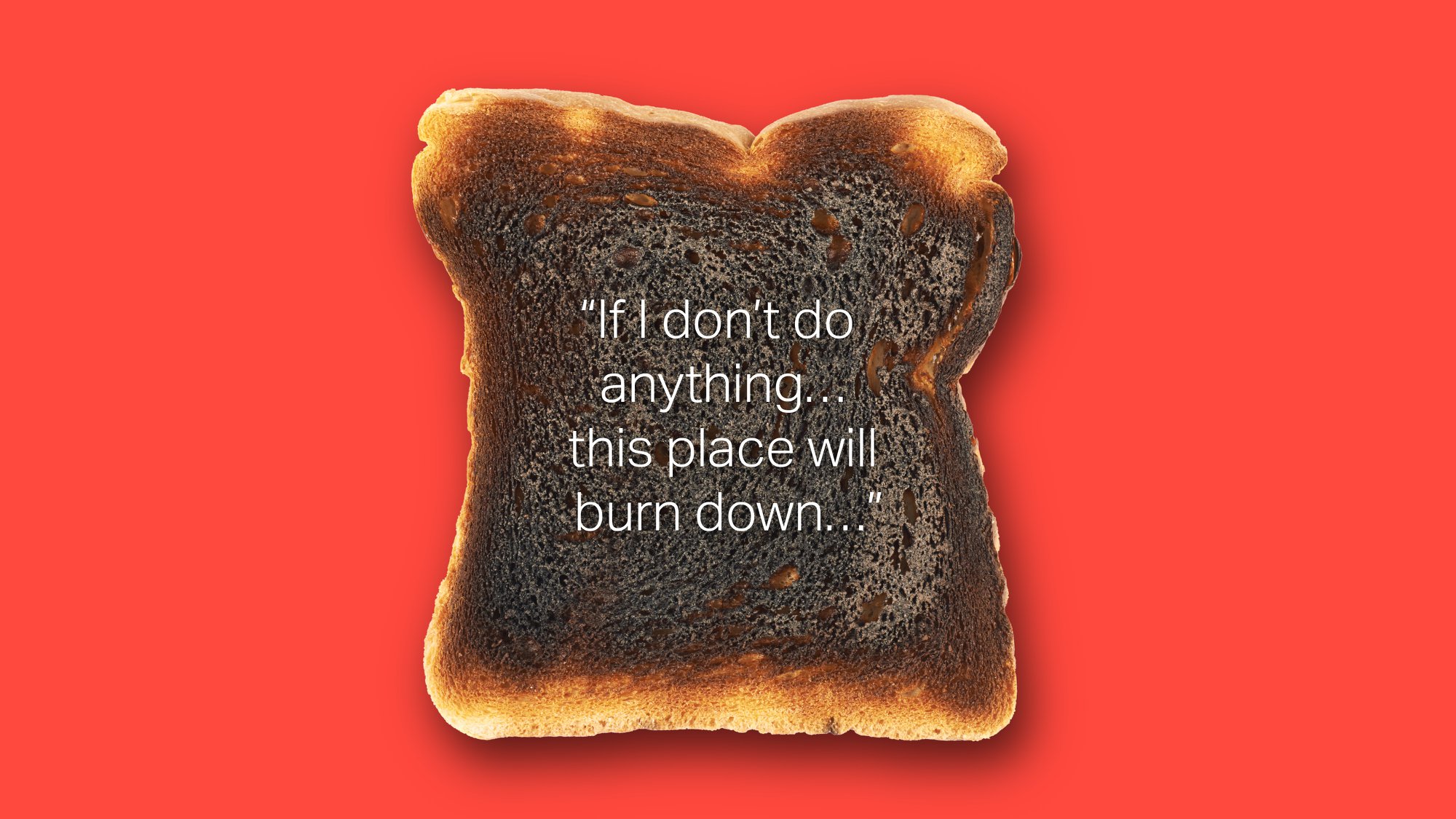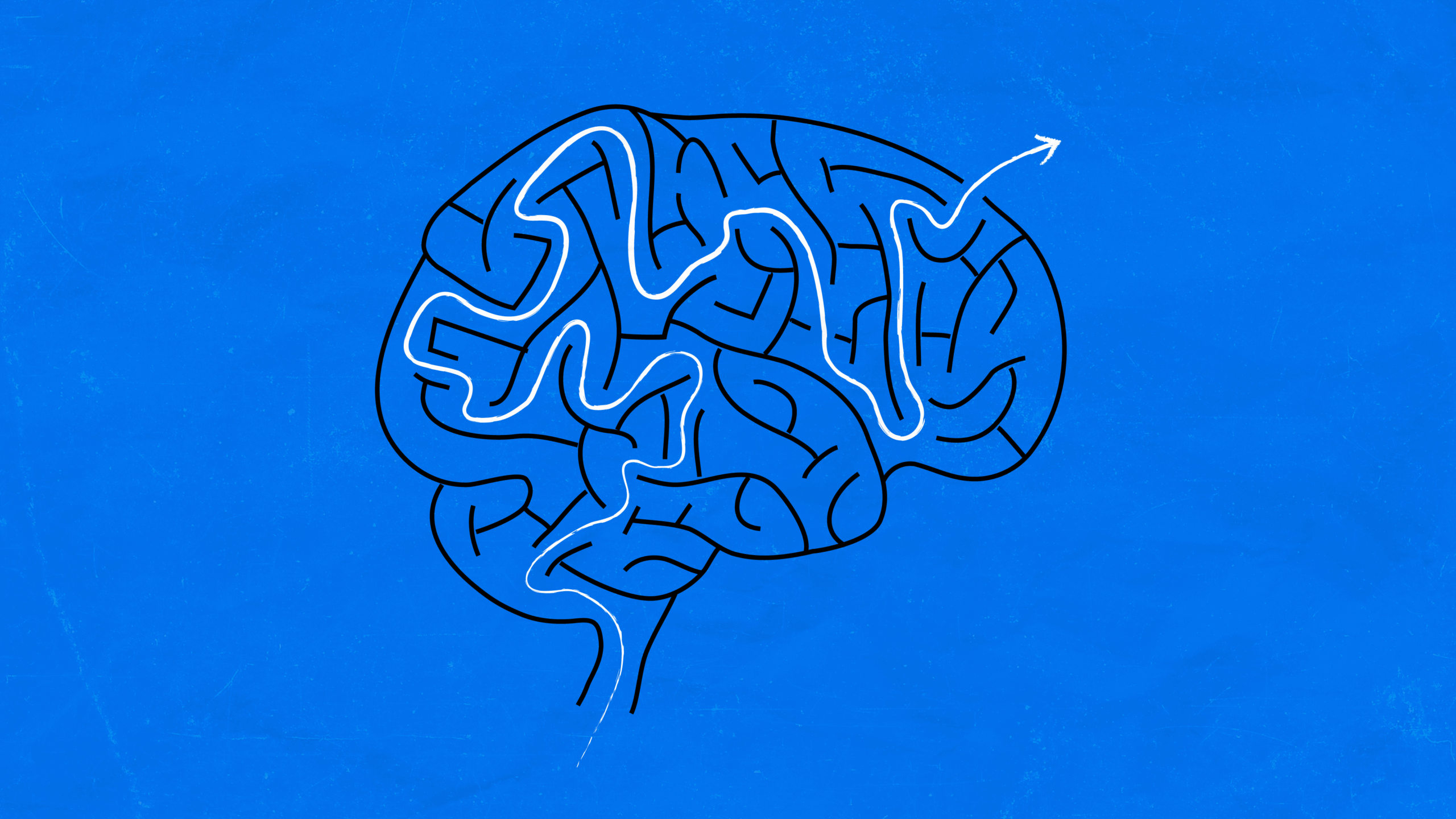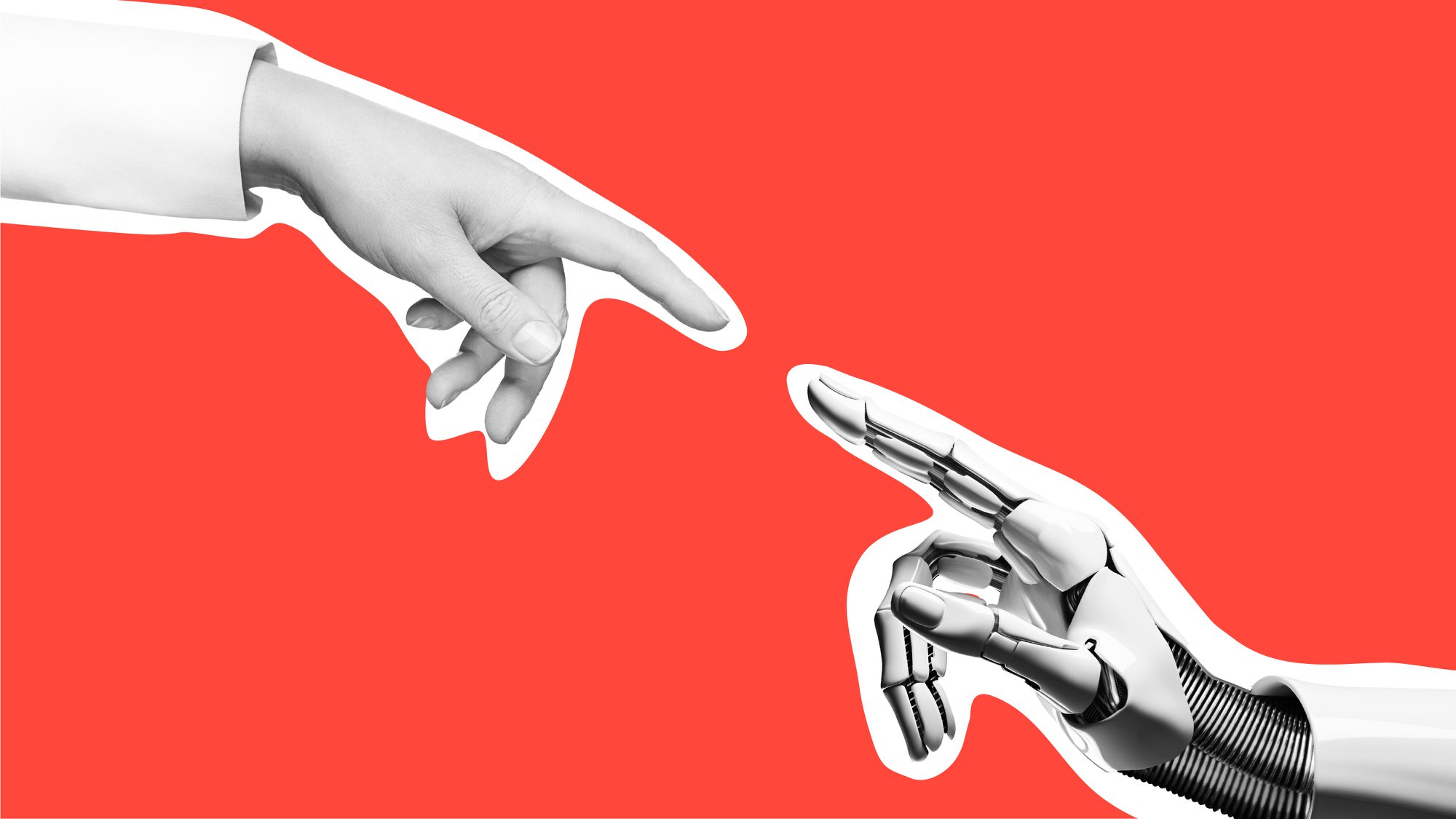The Power of Intrinsic Motivation

We all know that people are motivated by different things, but what is it that fuels our inner drive?
You know the feeling … when strength, perseverance and determination show up all at once and we aim for specific goals with unwavering clarity.
In my world of work, I often talk about the benefits of well-rounded reward and recognition, highlighting how it drives purpose, wellbeing, and motivation (to name just a few of the benefits).
When it comes to motivation, people are influenced by the two main types: intrinsic and extrinsic.
Extrinsic motivation
An example of extrinsic motivation would be people behaving as they should in order to get some form of reward. So, within the context of work, we are extrinsically motivated to work in exchange for being paid a salary, which in turn allows us to pay our bills and maintain a certain quality of life.
Intrinsic motivation
A different beast entirely, intrinsic motivation occurs when people have an inherent drive to engage in behaviours that are truly fulfilling, satisfying, and last but by no means least, personally rewarding.
So, we’ve got obligation versus inspiration!
Both intrinsic and extrinsic motivation have different effects on human behaviours. These effects have been examined through the lens of various psychological theories on motivation.
The self-determination theory (SDT; Ryan and Deci, 2017) states that intrinsic motivation is a key component for enhanced performance, creativity, learning, development, and inner wellness. It’s an approach that looks at the interaction between extrinsic forces, intrinsic motives, and needs.
At the very centre of the self-determination theory (SDT) lies an innate motivation for people to grow and feel that drive of self – determination through fundamental psychological human needs that motivate performance.
These needs are:
- Autonomy
- Competence
- Relatedness
Autonomy: Feeling you can make your own decisions, creating a sense of independence.
Competence: Feeling able to interact effectively within our environment, accompanied with the skills needed to achieve our goals.
Relatedness: Feeling an attachment and belonging with others. (Without this there’s less access to support and connection to back self-determination.)

Daniel Pink’s Theory of Motivation (which we often refer to at The Team), has a clear alliance with SDT. Pink’s framework focuses on enabling people to become intrinsically motivated, through the internal drivers of autonomy, mastery (working with your people to help them be the best at what they do), and purpose (which is an integral part of working life.)
When we’re thinking about employee experience, Pink’s framework is hugely relevant.
We can help you with Reward & Recognition
How do we make intrinsic motivation more powerful?
People with high levels of self-determination tend to have high levels of self-motivation, but not everyone is highly determined – we’re diverse.
People are happier when their focus is on pursuing goals that back their own wants and needs. They’re driven from within, which supports the psychological human needs of autonomy, competence, and relatedness. Through extrinsic motivation, goals are driven by a real self-purpose which brings more energy, heightened performance, and a sense of wellbeing.
Of course, we’re not all one and the same.
Those that lean more towards extrinsic motivation are driven by consequences that are external: money, power, promotion, the approval of others.
But, in order to accomplish goals in a connected way at work, we need to strike the balance between both types of motivation. Being paid for the work you deliver is a given, but truly tapping into inherent motivators is a powerful approach if you’re looking to develop culture.
With four out of five senior decision-makers looking to further explore ways of improving employee productivity, engagement, and motivation, it makes sense to apply intrinsic principles that will encourage self-motivated activities.
Motivation is a driving force behind human behaviour. It fuels competition and sparks social connection and for some of us, its absence can lead to mental illnesses like depression. Motivation encompasses the desire to continue striving toward meaning and purpose.

Boosting intrinsic motivation
Recognising great work
It’s important to recognise great work as quickly as possible for maximum impact. Make it personal to the individual, and aligned with what they achieved. By doing this, they’ll understand that what they bring matters, they are valued, and their contribution counts – all great ways to drive innate motivations!
Empowering people
People need to believe they have choices. Autonomy recognises the value of contribution and ownership – we’re the most energised, motivated, and dedicated when our work is impacted by decisions we’ve made ourselves.
Encouraging stretch
When we overcome something that pushes our limits, we experience a huge sense of achievement. To achieve something after initially feeling a stretch on our capabilities increases our sense of accomplishment, motivation and drive.
Playing to strengths
Our strengths form much of our identity. When we use them, we have the power to make tangible differences to both our professional and personal lives. When we’re given the opportunity to use our strengths, we’re happier, more connected, and perform better (Niemiec & McGrath, 2019).
Encouraging new skills
Gaining new knowledge and skills helps to challenge us in a positive way. Intrinsic motivation increases when we’re able to put new knowledge into practice, igniting the inner drive we feel when something we’ve learnt is applied to a real-life scenario. Our sense of purpose and belonging peak when putting new skills into practice too.
Take Away
Perks and benefits will only motivate people to a certain point.
It’s only when we go deeper and tap into the innate motivation of an individual that the magic happens.
It’s what pushes us and others to achieve, learn, create, and have a continued sense of purpose in our daily lives.




